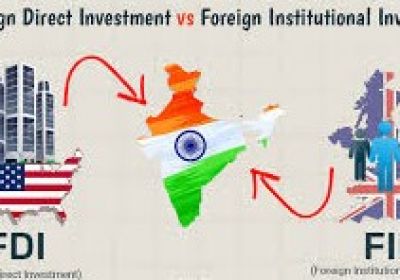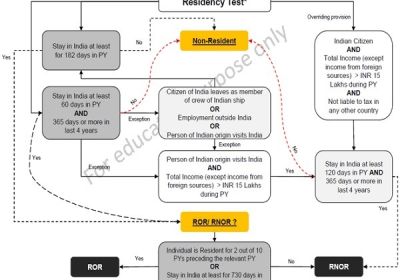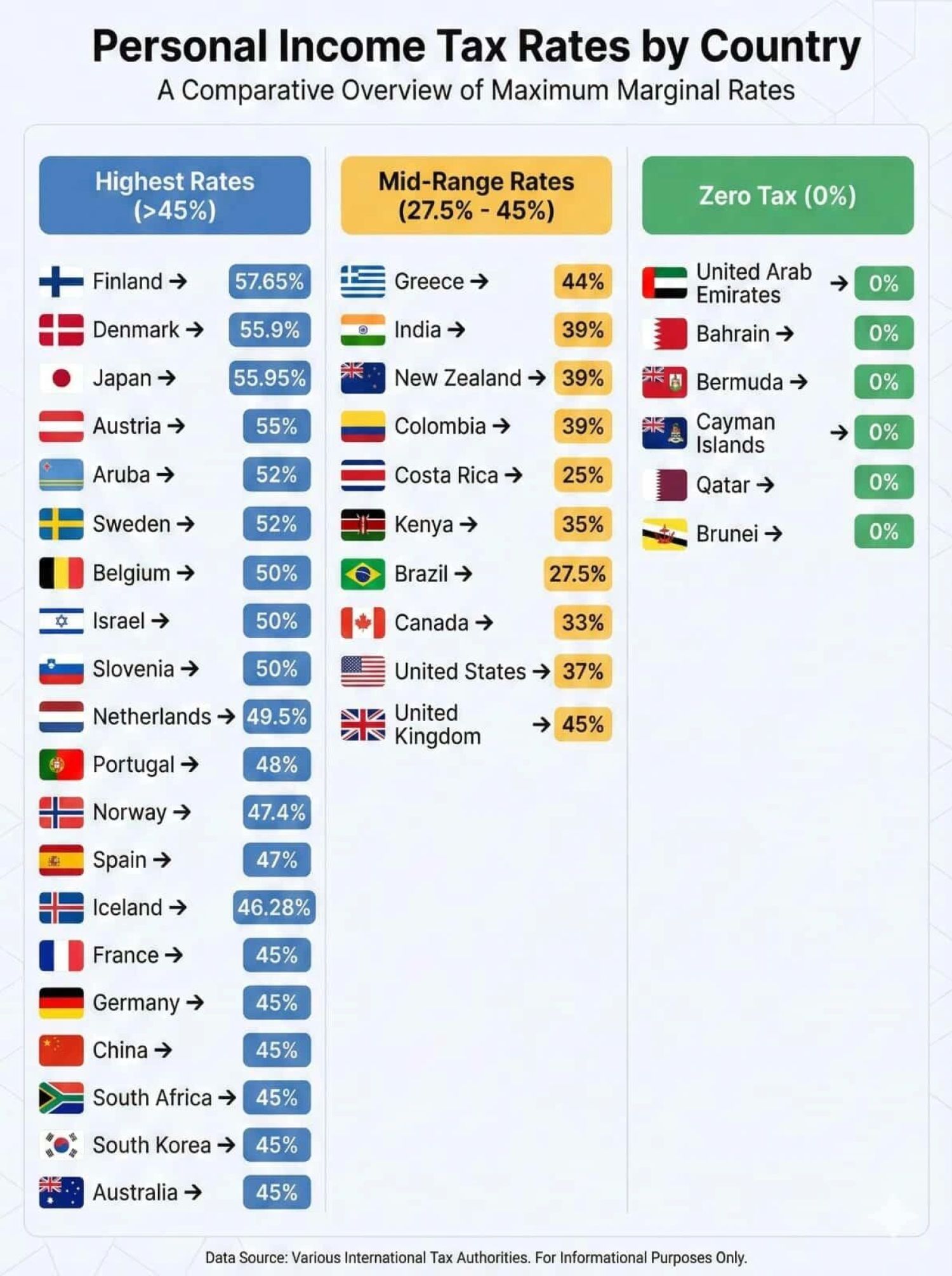Table of Contents

What does it mean to FEMA compound?
In some nations, it's also known as the Composition of Offense. Compounding an offence is a method of settling a case in which the offender is given the option of paying money instead of facing prosecution, so avoiding a lengthy legal battle.
“To settle a matter by a monetary payment in lieu of other liability” is what compounding means.
Compounding is the process of settling a dispute with a cash payment in lieu of other liabilities. This definition clearly describes the notion of compounding as a method that allows an offender to avoid punishment for an infraction committed after a monitory payment has been made (under FEMA). In the context of law, compounding of offences under FEMA refers to an amicable settlement for the goal of avoiding inspection and punishment for a crime; nonetheless, compounding is not an inherent privilege but is provided/delegated by the specific Act under which the offence was committed.
The RBI is authorised by the Act to compound offences, and any violation of Section 13 of the Act can be compounded within one hundred and eighty days (180) from the date the application is received by RBI officers. Upon judgement, anyone who violates the Act's requirements is subject to pay —
- If the amount involved in the contravention is quantifiable, three times the amount involved in the contravention, or
- Rupees Two Lakhs, an amount that cannot be precisely measured;
and, if the breach is of a continuing nature, a further penalty of Rupees 5,000 for each day the contravention continues after the first day.
Power to the compound by RBI
If any person contravenes any provisions of the Act except clause (a) of Section 3 of that Act:
|
S.no. |
Contravention Amount involved |
Authority for Compounding |
|
1. |
Up to Rs. 10 Lakhs |
Assistant General Manager of RBI |
|
2. |
More than Rs. 10 Lakhs but less than Rs. 40 Lakhs |
Deputy General Manager of RBI |
|
3. |
Rs. 40 Lakhs or more but less than Rs. 1 Crore, |
General Manager of RBI |
|
4. |
Rs. 1 Crore or more |
Chief General Manager of RBI |
Note: No contravention shall be compounded by the authority if the amount of contravention is not quantifiable.
Enforcement Directorate Power
If any person contravenes any provisions of Section 3(a) of the Act:
|
S.no. |
Contravention Amount involved |
Authority for Compounding |
|
1. |
Up to INR Five Lakhs |
Deputy Director of the Directorate of Enforcement |
|
2. |
More than INR Five Lakhs but less than INR Ten Lakhs |
Additional Director of the Directorate of Enforcement; |
|
3. |
INR Ten Lakhs or more but less than INR Fifty Lakhs, |
Special Director of the Directorate of Enforcement; |
|
4. |
INR Fifty Lakhs, or more but less than INR One Crore or more |
Special Director with Deputy Legal Adviser of the Directorate of Enforcement; |
|
5. |
Rs. 1 Cr. or More |
Director of Enforcement with Special Director of the Enforcement Directorate |
Each application for compounding any violation of this rule must be sent in writing to the Director, Directorate of Enforcement, New Delhi, along with a fee of Rs.5000 payable to the Compounding Authority by DD.
Note: If the amount of the infringement is not quantifiable, no contravention shall be compounded by the compounding authority as stipulated in paragraphs 2 and 3 above.
Compounding of Contraventions Prerequisites
- No contraventions of the same kind can be compounded for three years after the date of the first contravention. If an infringement of a similar sort happens after that period, it will be compounded as if it were the initial contravention.
- For contraventions to be compounded for transactions that require the prior consent of statutory authorities/government, and such approval has not been acquired, the contravention should not be compounded for such a time until the appropriate approval(s) has been obtained.
- In the event the contravener has failed to pay the sum of contravention for compounding within the specified time limit or has serious contravention suspected of terror financing or money laundering, or affecting sovereignty & integrity of the nation, the case is adequately required to be referred to the ED for further investigation. Any authority under the Prevention of Money Laundering Act or other agencies can take any required action under the Act or the Prevention of Money Laundering Act, as well as other agencies.
- No compounding of contravention is permitted under Rule 11 of the Foreign Exchange (Compounding Proceedings) Rules, 2000 (‘Rules') in cases where the adjudication is done by the Directorate of Enforcement and appeals have been filed under Section 17 or Section 19 of FEMA. The contravener must expressly explain that he has not submitted any such appeals in the manner provided in Annexure III, along with the compounding application.
- The Bank must confirm the following in every case where the RBI has found a contravention or the contravener has brought it forward:
- If it's a material that needs to be compounded, and if the proper procedure has been followed.
- In case of contravention is of a sensitive nature & if same has to be informed to the ED
FACTORS FOR COMPOUNDING OF CONTRAVENTION UNDER FEMA
The RBI may take into consideration the subsequent indicative factors, for the aim of the passing of the compounding order and adjudging the quantum of contravention that's to be compounded –
- The quantifiable amount of gain or unfair advantage, which the contravener has made, by contravening the provisions.
- Due to contravention the quantity of loss caused by any authority/ agency/ exchequer.
- The number of economic benefits that have accrued to the contravener, by delaying or avoiding the compliances.
- The repetitive nature of such contravention, along with the history of non-compliance by the contravener during the past years.
- Contravener’s conduct in undertaking the transaction and within the disclosure of full facts within the application and submissions made during the private hearing; and the other factor as considered relevant and appropriate.
- Any other factors that are considered to be relevant and appropriate;
PROCEDURE OF FEMA COMPOUNDING
Once the appliance is received, the RBI shall examine the identical basis of the documents and submissions made. Also, the Compounding Authority can fire further information or records supporting the compounding procedure. Basis the above, contravention is quantified.
COMPOUNDING ORDER
|
S.NO |
TYPE OF CONTRAVENTION |
DETAILS |
EXISTING FORMULA |
|
1 |
REPORTING CONTRAVENTIONS |
FIXED AMOUNT: RS 10,000 (APPLIED ONCE FOR EACH CONTRAVENTION IN A COMPOUNDING APPLICATION) UP TO RS. 10 LAKHS: RS1000 PER YEAR MORE THAN RS 10 LAKHS, BUT LESS THAN 40 LAKHS: RS 2500 PER YEAR RS. 40 LAKH & AND ABOVE, BUT LESS THAN 100 LAKHS: RS 7000 PER YEAR RS. 100 LAKHS & ABOVE, BUT LESS THAN RS 10 CRORE: RS 50,000 PER YEAR RS. 10 CRORES & ABOVE, BUT LESS THAN RS 100 CRORES: RS 1,00,000 PER YEAR RS. 100 CRORES & ABOVE: RS 2,00,000 PER YEAR |
|
|
A. FEMA 20 |
PARA 9(1)(A), 9(1)(B), PART B OF FC(GPR), FCTRS (REG 10) AND TAKING ON RECORD FCTRS (REG 4) |
||
|
B. FEMA 3 |
IN RESPECT OF NON-SUBMISSION OF ECB STATEMENTS |
||
|
C. FEMA 120 |
NON-REPORTING/DELAY IN REPORTING OF ACQUISITION/SET UP OF SUBSIDIARIES/CHANGES IN SHAREHOLDING PATTERN |
||
|
D. ANY OTHER REPORTING CONTRAVENTIONS |
|||
|
E. REPORTING OF CONTRAVENTIONS BY LO/BO/PO |
AMOUNT AS PRESCRIBED ABOVE, SUBJECT TO MAXIMUM OF RS 2 LAKHS.
HOWEVER, IN THE CASE OF THE PROJECT OFFICE, THE AMOUNT IMPOSED BE CALCULATED AS 10% OF THE TOTAL PROJECT COST |
||
|
2 |
AAC/APR/FLAIR/SHARE CERTIFICATE DELAYS |
NON-SUBMISSION /DELAYED SUBMISSION OF APR/SHARE CERTIFICATES (FEMA 120) OR AAC (FEMA 22) OR FCGPR (B) OR FLA RETURNS -FEMA 20/FEMA20(R)/FEMA 120/FEMA 395 |
RS 10,000 PER AAC/APR/FCGPR (B)/FLA RETURN DELAYED.
DELAYED RECEIPT OF SHARE CERTIFICATE – RS 10,000/- PER YEAR, SUBJECT TO A MAXIMUM OF 300% OF THE AMOUNT INVESTED |
|
3 |
A. ALLOTMENTS/REFUNDS |
PARA 8 OF FEMA 20/2000-RB IN RESPECT OF NON-ALLOTMENT OF SHARES OR ALLOTMENT OF SHARES/REFUND AFTER 180 DAYS |
RS 30,000/- + GIVEN PERCENTAGE |
|
B. LO/BO/PO |
OTHER THAN REPORTING CONTRAVENTIONS |
||
|
4 |
ALL OTHER CONTRAVENTIONS |
INCLUDES ALL CONTRAVENTION OF FEMA20(R)/2017/NDIR, 2019/ FEMA 395/2019, EXCEPT CONTRAVENTIONS PERTAINING TO FLA RETURNS AND CORPORATE GUARANTEES |
RS 50,000/- + GIVEN PERCENTAGE |
|
5 |
ISSUE OF CORPORATE GUARANTEES |
ISSUANCE WITHOUT UIN/ WITHOUT PERMISSION WHEREVER REQUIRED/ OPEN-ENDED GUARANTEES OR ANY OTHER CONTRAVENTION RELATED TO THE ISSUE OF CORPORATE GUARANTEES |
RS 500,000/- + GIVEN PERCENTAGE
WHERE THE CONTRAVENTION INCLUDES ISSUE OF GUARANTEES FOR LOANS BEING INVESTED BACK INTO INDIA, THE AMOUNT IMPOSED BE TREBLED. |
COMPOUNDING ORDER FORMAT
|
S. No |
Name of the Applicant |
Details of the Contravention (Provisions of the Act compounded) |
Date of Compounding Order |
Amount imposed for compounding of Contravention |
The amount mentioned within the order for the contravention needs to be paid by way of the demand draft within the favour of the banking concern of India within 15 days from the date of the order passed. Where the final order is passed by the requisite authority, the contravener will be in no situation to seek to withdraw or appeal against the order passed.
Once the amount of compounding order has been received by the authority, a certificate will be issued by the RBI, providing for the details in respect of the compliance by the applicant of the orders passed. However, where the contravener fails to submit the required amount of compounding, the same shall be deemed as if no application for compounding has been made by the applicant, and the concern may be presented before the Directorate of Enforcement for further action.
CLASSIFICATION OF CONTRAVENTIONS
Classification of the contraventions have been provided as follows –
- Technical/Minor Default: Issuance of administrative/ cautionary advice by the authority to the concerned person.
- Material Default: Require the concerned person to apply for compounding of such offences; and
- Sensitive/Serious Default: Referring such contraventions to the Directorate of Enforcement for taking necessary action against the said person.
For completeness, in cases where a compounding application admitting a violation was filed, such contraventions wouldn't be considered technical or minor.
The RBI Circular has done away with classifying a violation as ‘technical’ or ‘minor’. As per the circular, in case of any technical/minor contraventions, the same be regularized by imposing a very minimal compounding amount, determined by applying the compounding matrix. This will indeed provide for greater transparency in regulating the decision-making process of the authority.
The changes introduced by the RBI Circular to the Compounding Direction seem to point to the regulator’s intention to ease the regulatory process and align the provisions of the Compounding Direction with the present exchange control regime. While a number of the changes are clarificatory, the RBI Circular has also caused certainty within the procedural aspects/manner of managing contraventions and also addressed confidentiality concerns regarding disclosures within the compounding orders.
While the choice for classification of ‘technical’ / ‘minor’ contraventions has been expressly done away with, in practice, this was in any event not being implemented at the RBI’s end. However, the amendment would now make the method more efficient, and parties can directly proceed with compounding for all violations including minor/technical violations.
ISSUE OF THE COMPOUNDING ORDER
The Compounding Authority shall pass an order of compounding after affording a chance of being heard to all or any the parties concerned, and shall pass the order as expeditiously as possible, and not later than 180 days from the date of receipt of the finished application by the RBI. The RBI also encourages the applicant to be present for the private hearing directly, and not be represented / by legal experts/consultants, because the compounding is finished just for the admitted contraventions.
The Compounding order shall also mention the provisions of Act or the principles, regulations, orders or notifications in relevance to which the contravention has taken place together with the main points of such contravention. The copy of the order shall tend to the contravener (the applicant) and also to the Adjudicating Authority just in case a complaint has been made in writing, under the sub-section (3) of Section 16.
The summary of the compounding orders is going to be published on the website of RBI, for all the orders passed on or after 1 March 2020 [as per the AP (DIR Series) Circular No.06 dated terrorist organization 2020] together with the main points like name of Applicant, details of compounding, date of issue of compounding order, the amount imposed for the contraventions, etc.
POST COMPOUNDING PROCEDURE
The amount that the contravention is compounded as laid out in the order of compounding, is payable by way of a requirement draft in favour of the “Reserve Bank of India” and the same be made within a period of 15 days from the date on which the order for compounding has been passed. On receipt of the demand draft for the compounding of contravention, a certificate is issued by the RBI to the required conditions, if any.
After the compounding order is passed, the contravener cannot and has no right to hunt withdrawal of the order or to carry that the compounding order is void or request review of the order gone along the Authority. just in case of failure of payment within the stipulated period, it shall be so deemed that the contravener had never made an application for compounding of contravention.
CONCLUSION
Coordinating with RBI isn't a simple task but with the passage of your time RBI has been putting lots of effort to bridge this connotation and now a day’s every step of RBI is during this direction. a really good instance is that the consolidated Master Circular for every subject material, issued annually or half-yearly, whereby it complies up all the alterations that were done or circulars issued during the year, into one so on give the concerned persons straightforward access and luxury while handling it and which has also served the bottom of this text.















